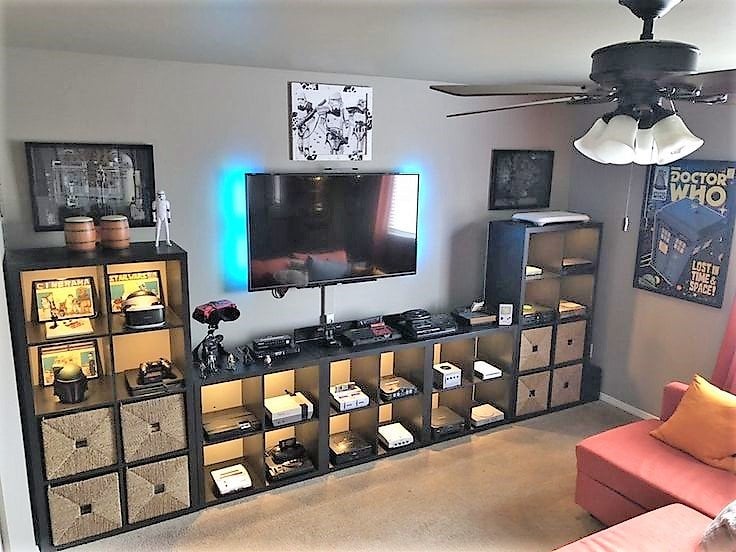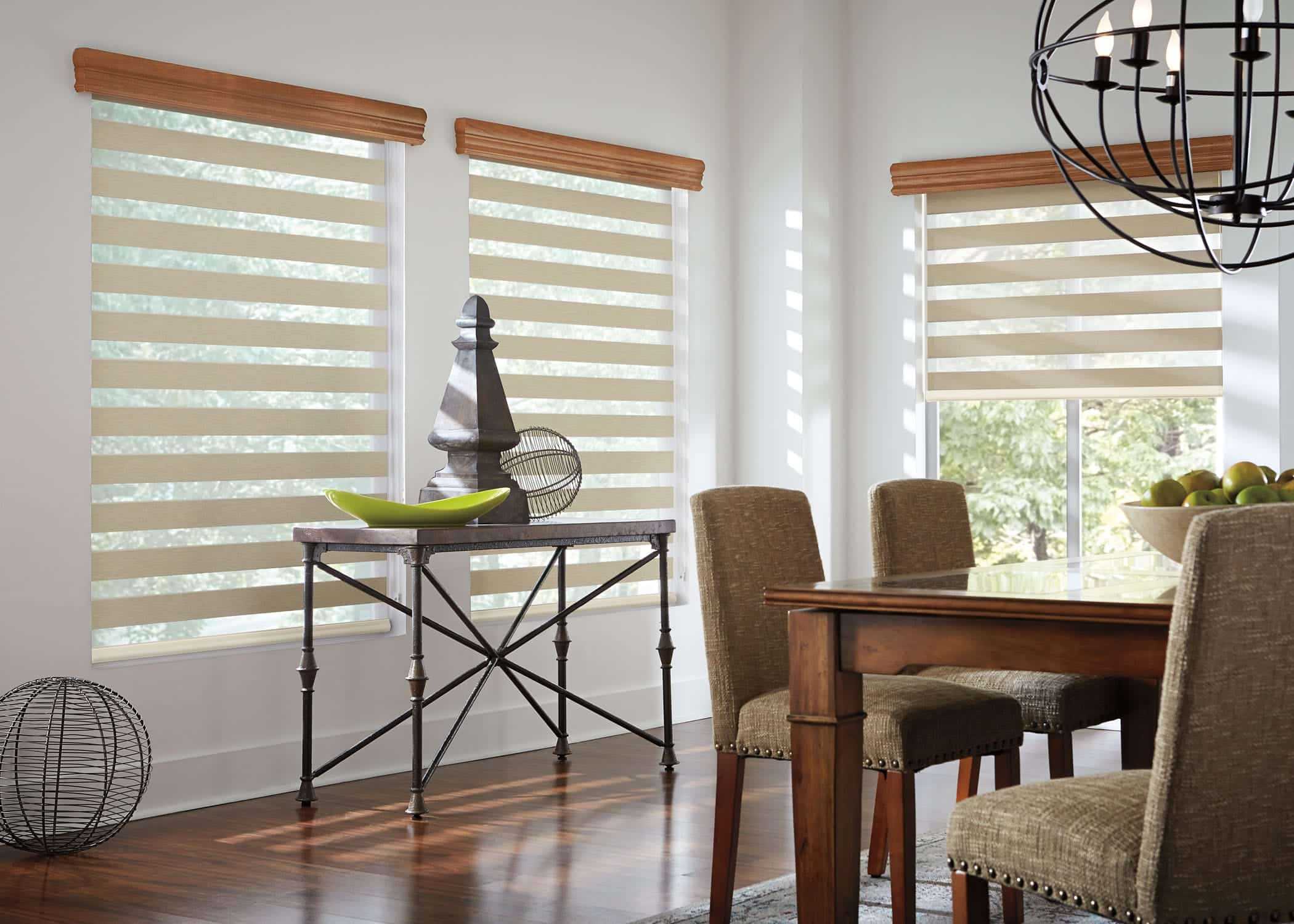Pendant lighting is a popular choice for illuminating the kitchen area. These hanging lights come in a variety of styles, from modern and sleek to more traditional and ornate designs. They provide focused light for tasks such as cooking and food prep, as well as add a decorative touch to the room. To make a statement in your kitchen, consider choosing a pendant light with a bold design or a unique shape. You can also mix and match different pendant lights to create a layered and dynamic look.
1. Pendant Lighting
Under cabinet lighting is a practical and stylish way to light up your kitchen countertops. These lights are typically installed underneath the upper cabinets and can be either hardwired or battery-operated. They provide direct light that makes it easier to see while cooking or working on the counter. Under cabinet lighting also adds a soft ambiance to the kitchen, making it a more inviting space. LED strip lights are a popular choice for under cabinet lighting as they are energy-efficient and can be easily hidden.
2. Under Cabinet Lighting
Recessed lighting, also known as can lights or downlights, is a versatile option for kitchen lighting. These lights are installed into the ceiling and provide ambient lighting for the entire room. They also work well as task lighting when placed strategically above specific areas such as the sink or stove. Recessed lights are available in different sizes and can be adjusted to direct the light where it's needed. They are a great option for those who want a clean and minimalistic look in their kitchen.
3. Recessed Lighting
Track lighting is a modern and flexible lighting option for the kitchen. It consists of a long track that can be mounted to the ceiling or wall and has several light fixtures attached to it. These lights can be moved and adjusted along the track to create different lighting effects. Track lighting is ideal for kitchens with high ceilings or those that need extra lighting in specific areas. It also works well for highlighting artwork or décor in the kitchen.
4. Track Lighting
For a touch of elegance and sophistication, consider adding a chandelier to your kitchen. Chandeliers come in various sizes and styles, from traditional crystal designs to more modern and industrial looks. They can be a focal point of the room and provide ambient lighting when paired with other light sources. Chandeliers work well in larger kitchens with high ceilings, adding a touch of glamour to the space.
5. Chandelier
Task lighting is essential for any kitchen, as it provides direct and focused light for specific activities. This type of lighting can include pendant lights, under cabinet lights, or even portable lamps. The key is to have adequate lighting in the areas where you need it most, such as the stove, sink, and countertops. Task lighting not only makes it easier to work in the kitchen but also adds a layer of visual interest to the room.
6. Task Lighting
Accent lighting is all about creating drama and adding a decorative element to your kitchen. This type of lighting is typically used to highlight specific features or areas in the room, such as a backsplash, artwork, or a kitchen island. Accent lights can be in the form of spotlights, wall sconces, or even rope lights. They add depth and dimension to the kitchen and can be used to create a cozy and inviting atmosphere.
7. Accent Lighting
LED lights have become increasingly popular in recent years due to their energy efficiency and long lifespan. They are an excellent option for kitchen lighting as they provide bright and high-quality light while using less energy. LED lights come in various forms, including strip lights, recessed lights, and even pendant lights. They are also available in different color temperatures, allowing you to choose between warm and cool lighting for your kitchen.
8. LED Lighting
Don't underestimate the power of natural lighting in your kitchen. If you have windows in your kitchen, make the most of them by keeping them uncovered or using sheer curtains to let in as much natural light as possible. Natural light not only brightens up the space but also creates a sense of openness and warmth. It's also a great way to save on energy costs during the day. Consider placing a dining table or seating area near a window to take advantage of the natural light while enjoying a meal or cup of coffee.
9. Natural Lighting
Last but not least, don't forget about the importance of dimmer switches in your kitchen lighting design. These switches allow you to adjust the intensity of the light, making it easier to create different moods and ambiance in the room. Dimmer switches are particularly useful in areas where you want to control the level of light, such as above a dining table or in the kitchen nook. They can also help save energy by reducing the brightness of the light when it's not needed at full capacity.
In conclusion, choosing the right lighting for your kitchen is essential for both functionality and aesthetics. By incorporating a mix of different lighting types and styles, you can create a well-lit and visually appealing space that meets all your needs. Don't be afraid to get creative and experiment with different lighting options to find the perfect combination for your kitchen. With the right lighting, you can transform your kitchen into a bright and inviting hub for cooking and gathering with loved ones.
10. Dimmer Switches
Incorporating Ambient Lighting in Your Kitchen Design

The Importance of Proper Lighting in Your Kitchen
 When it comes to designing the perfect kitchen, lighting plays a crucial role. Not only does it affect the overall ambiance and atmosphere of the space, but it also serves a practical purpose in helping you navigate and work in the kitchen.
Proper lighting can make or break the functionality and aesthetics of your kitchen.
Therefore, it is essential to carefully consider the type and placement of lighting in your kitchen design.
When it comes to designing the perfect kitchen, lighting plays a crucial role. Not only does it affect the overall ambiance and atmosphere of the space, but it also serves a practical purpose in helping you navigate and work in the kitchen.
Proper lighting can make or break the functionality and aesthetics of your kitchen.
Therefore, it is essential to carefully consider the type and placement of lighting in your kitchen design.
Choosing the Right Ambient Lighting
 Ambient lighting is the primary source of light in a room and sets the overall tone and mood of the space.
It is essential to choose the right ambient lighting for your kitchen to ensure that it is well-lit and inviting.
Some popular options for ambient lighting in the kitchen include recessed lights, pendant lights, and track lighting. Recessed lights are a great choice for providing general, even lighting throughout the kitchen. Pendant lights can add a touch of style and personality to the space while also providing ambient light. Track lighting is a versatile option that allows you to direct light to specific areas in the kitchen.
Ambient lighting is the primary source of light in a room and sets the overall tone and mood of the space.
It is essential to choose the right ambient lighting for your kitchen to ensure that it is well-lit and inviting.
Some popular options for ambient lighting in the kitchen include recessed lights, pendant lights, and track lighting. Recessed lights are a great choice for providing general, even lighting throughout the kitchen. Pendant lights can add a touch of style and personality to the space while also providing ambient light. Track lighting is a versatile option that allows you to direct light to specific areas in the kitchen.
Strategic Placement for Optimal Lighting
 In addition to choosing the right type of ambient lighting,
proper placement is key to achieving optimal lighting in your kitchen.
It is recommended to have layers of light in the kitchen, including ambient, task, and accent lighting. Ambient lighting should be evenly distributed throughout the space, while task lighting should focus on specific areas where you will be working, such as the countertops and stove. Accent lighting can be used to highlight certain features in the kitchen, such as a beautiful backsplash or artwork.
In addition to choosing the right type of ambient lighting,
proper placement is key to achieving optimal lighting in your kitchen.
It is recommended to have layers of light in the kitchen, including ambient, task, and accent lighting. Ambient lighting should be evenly distributed throughout the space, while task lighting should focus on specific areas where you will be working, such as the countertops and stove. Accent lighting can be used to highlight certain features in the kitchen, such as a beautiful backsplash or artwork.
Creating the Perfect Balance
 When it comes to lighting in the kitchen,
balance is key.
Too much ambient lighting can make the space feel harsh and stark, while too little can make it feel dark and unwelcoming. It is important to strike the right balance between ambient, task, and accent lighting to create a well-lit and inviting kitchen.
Remember to also consider the natural light sources in your kitchen and how they can complement your chosen ambient lighting.
When it comes to lighting in the kitchen,
balance is key.
Too much ambient lighting can make the space feel harsh and stark, while too little can make it feel dark and unwelcoming. It is important to strike the right balance between ambient, task, and accent lighting to create a well-lit and inviting kitchen.
Remember to also consider the natural light sources in your kitchen and how they can complement your chosen ambient lighting.
In Conclusion
 Incorporating ambient lighting in your kitchen design is crucial for creating a functional and visually appealing space. By choosing the right type and placement of ambient lighting, you can achieve the perfect balance of light in your kitchen.
So, don't underestimate the power of proper lighting in transforming your kitchen into a beautiful and practical space.
Incorporating ambient lighting in your kitchen design is crucial for creating a functional and visually appealing space. By choosing the right type and placement of ambient lighting, you can achieve the perfect balance of light in your kitchen.
So, don't underestimate the power of proper lighting in transforming your kitchen into a beautiful and practical space.
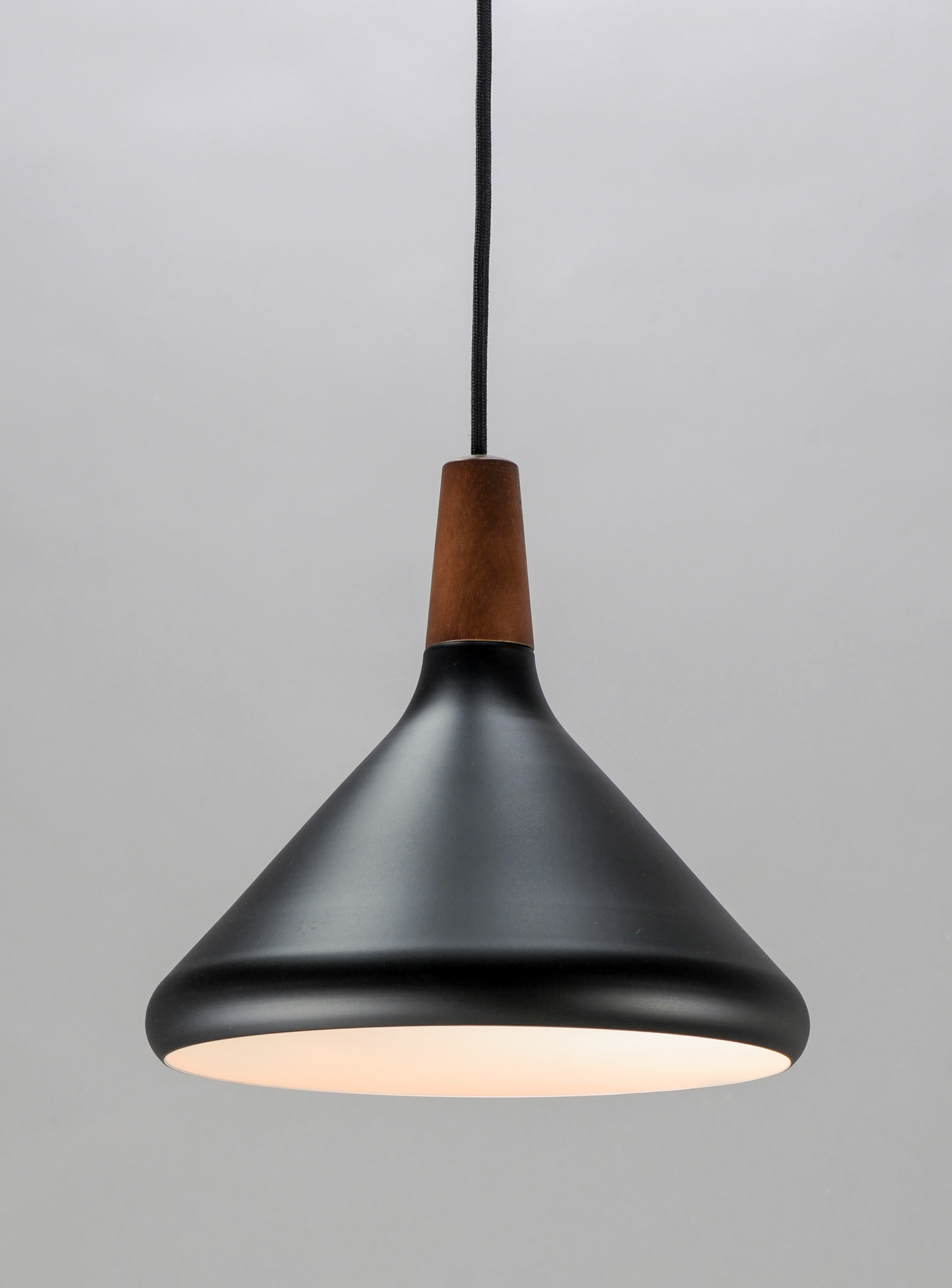







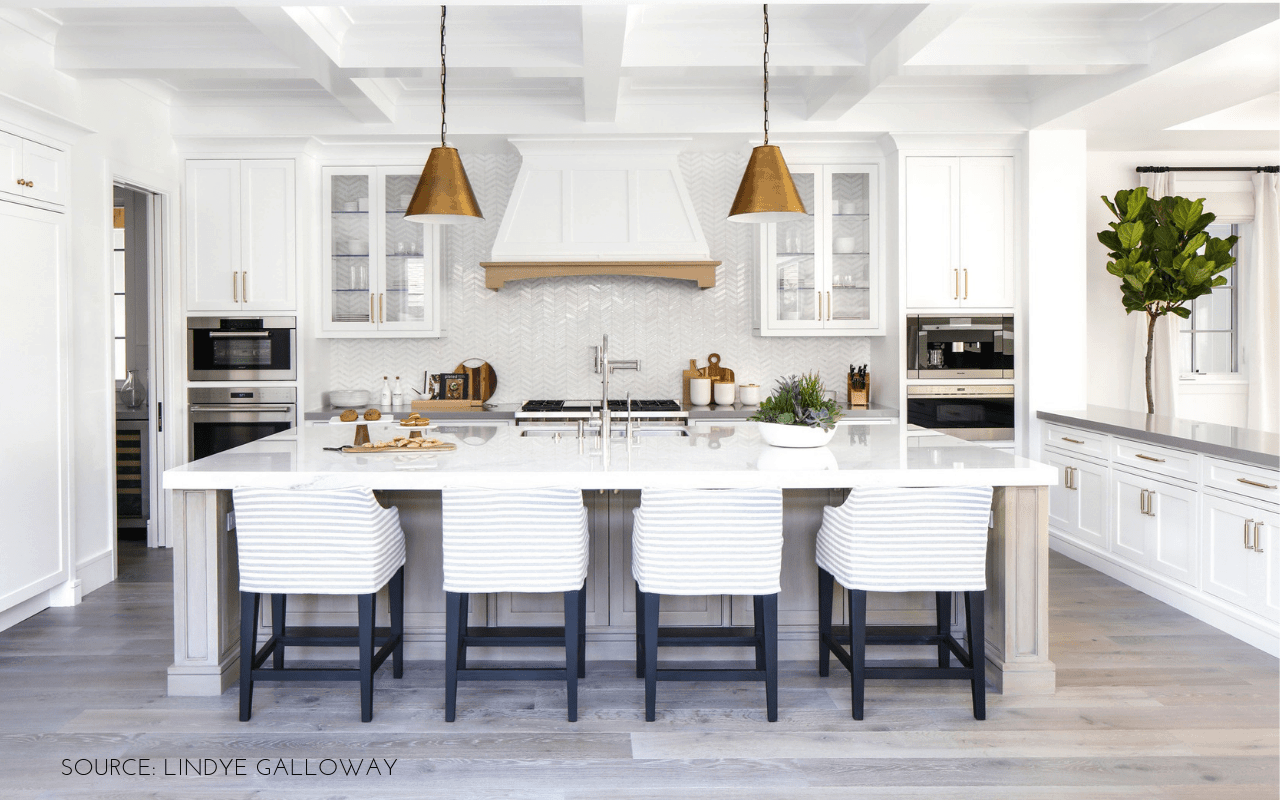

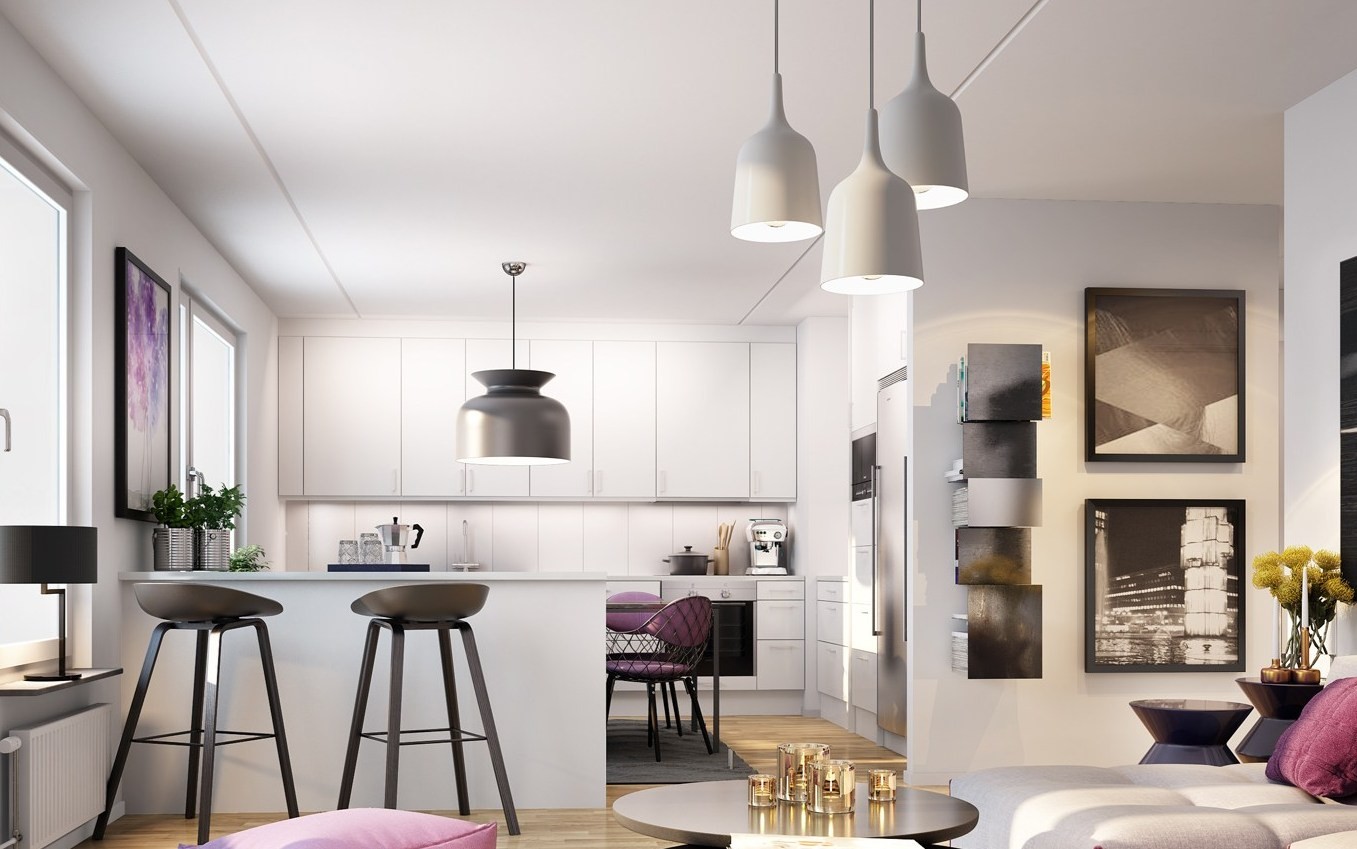

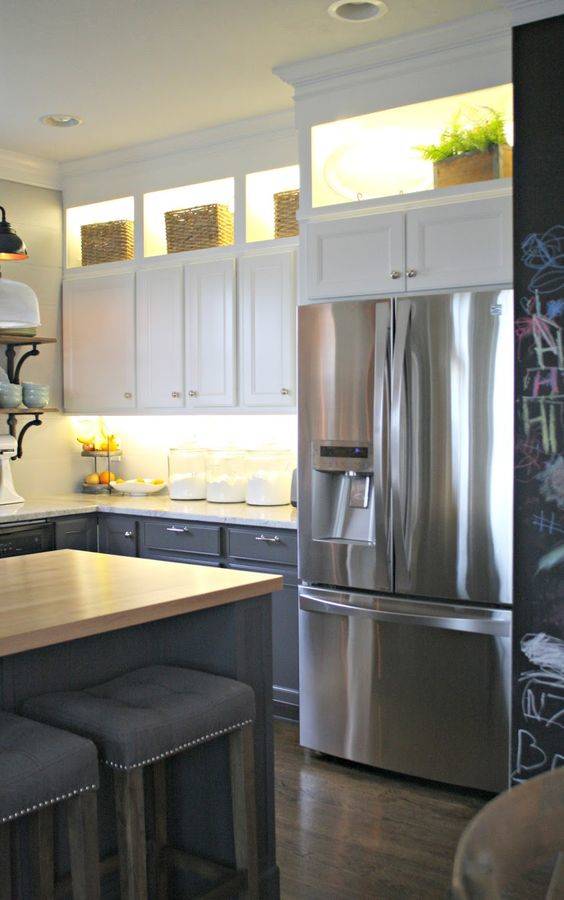









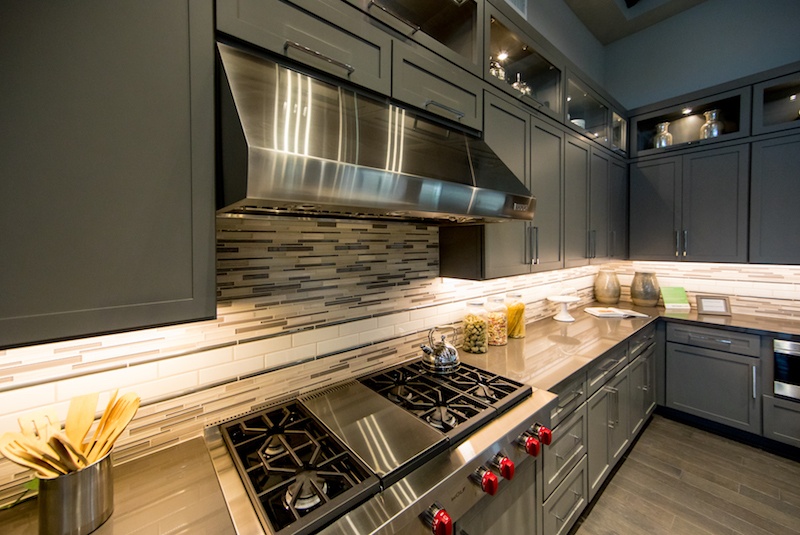

































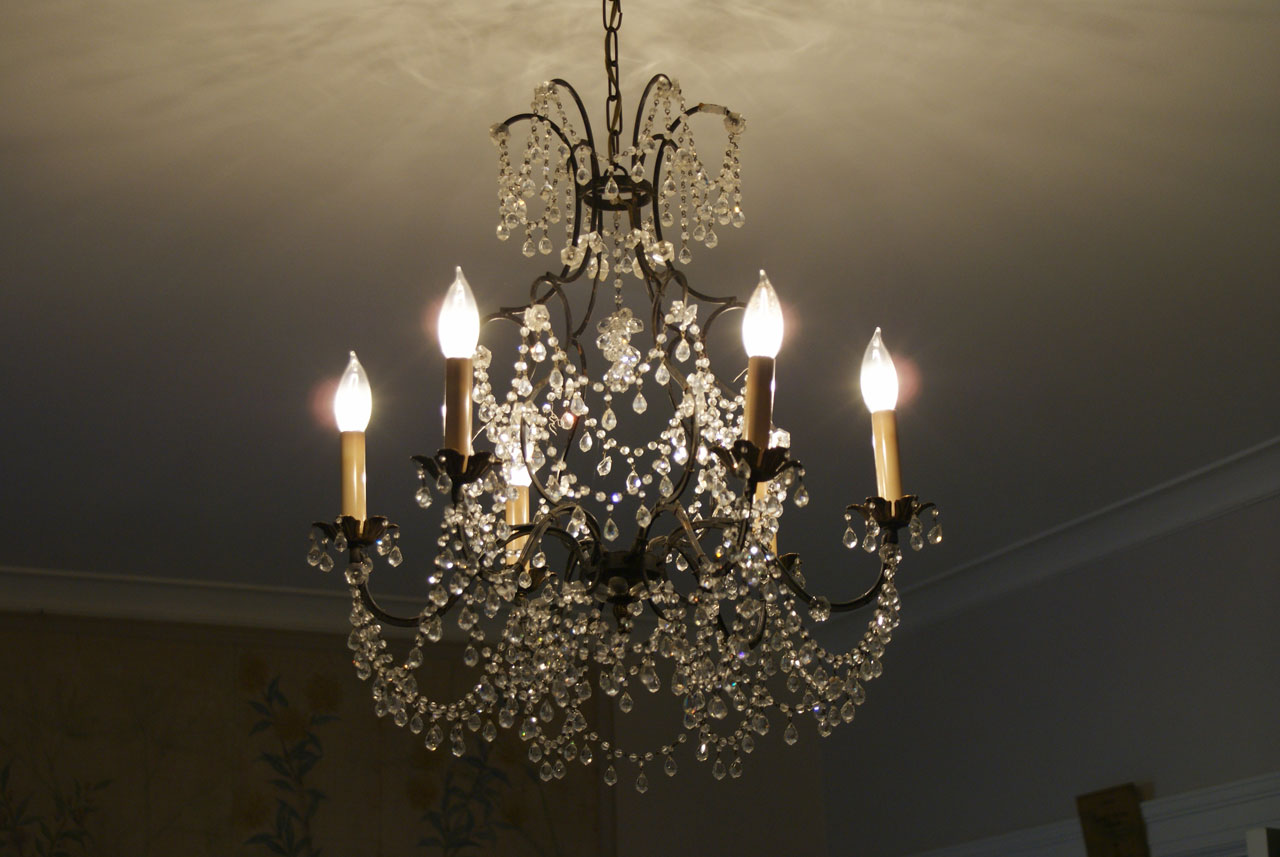















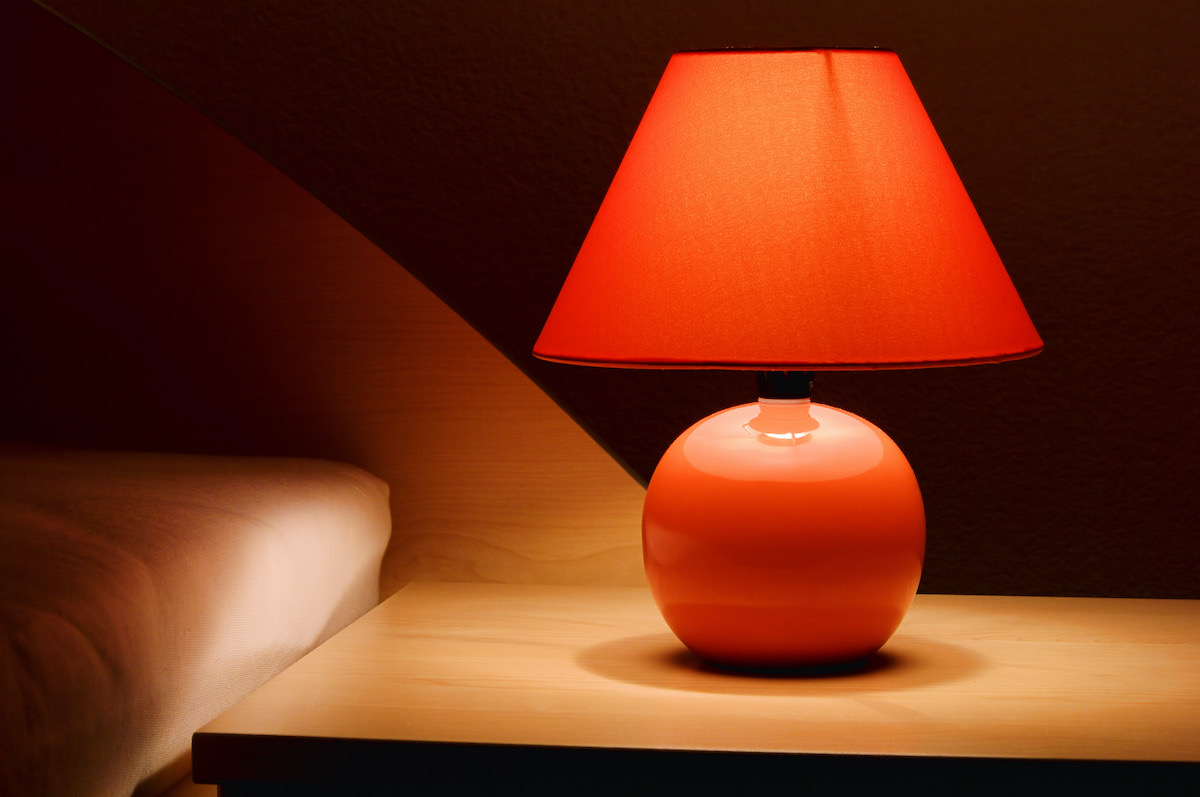






























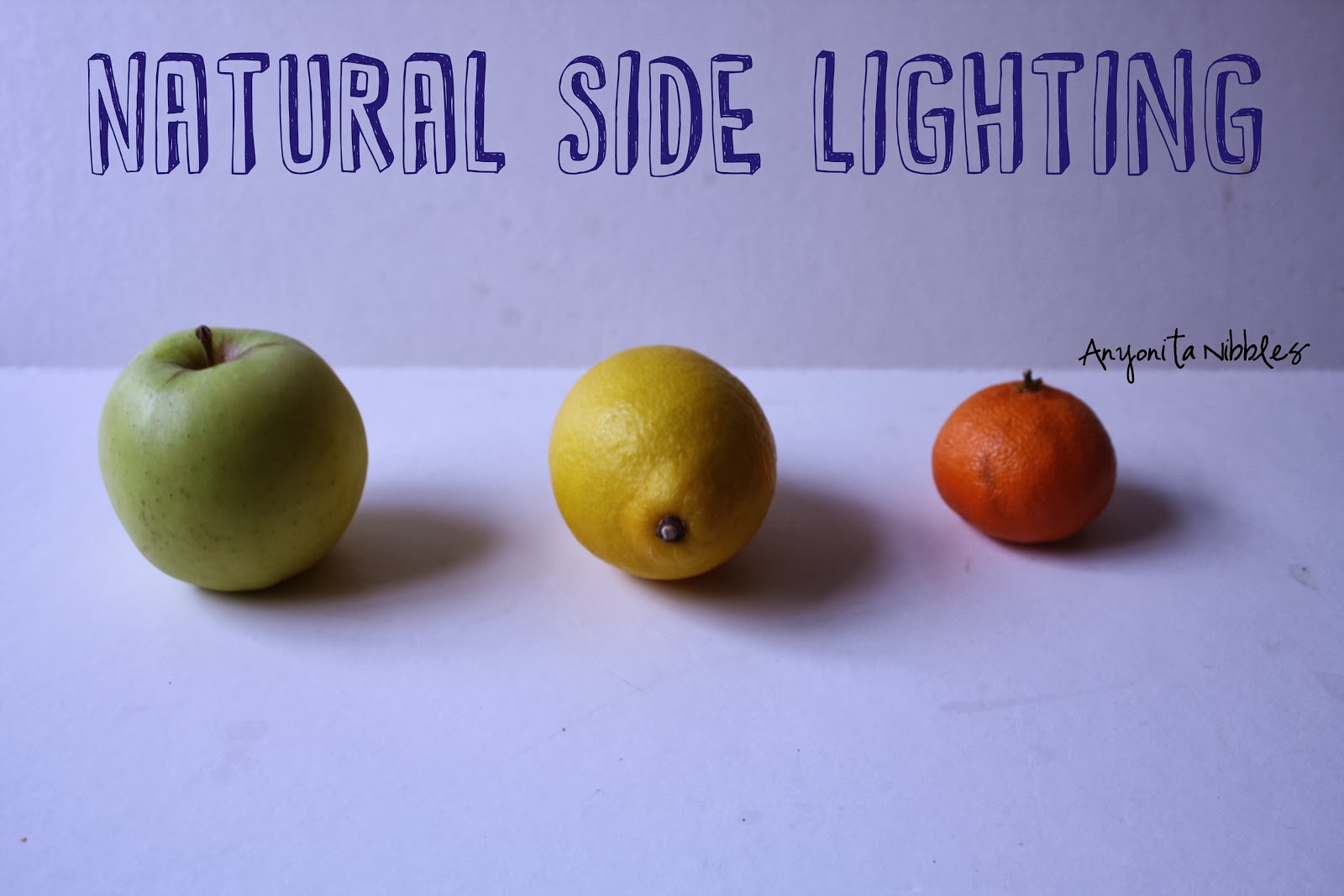








/SPR-HOME-7-best-dimmer-switches-4150477-252611f78f464ee783f792111f60f9b6.jpg)




